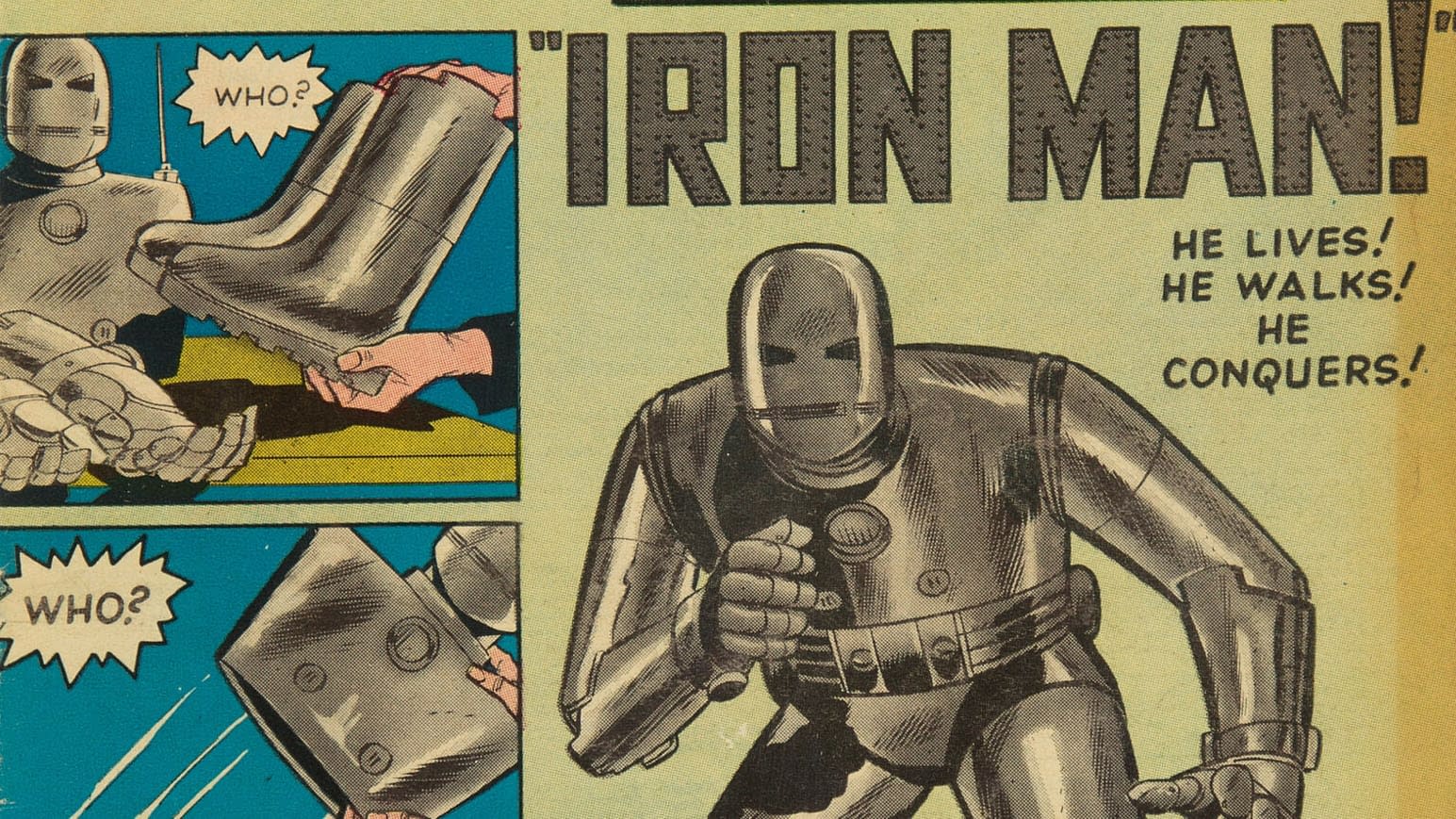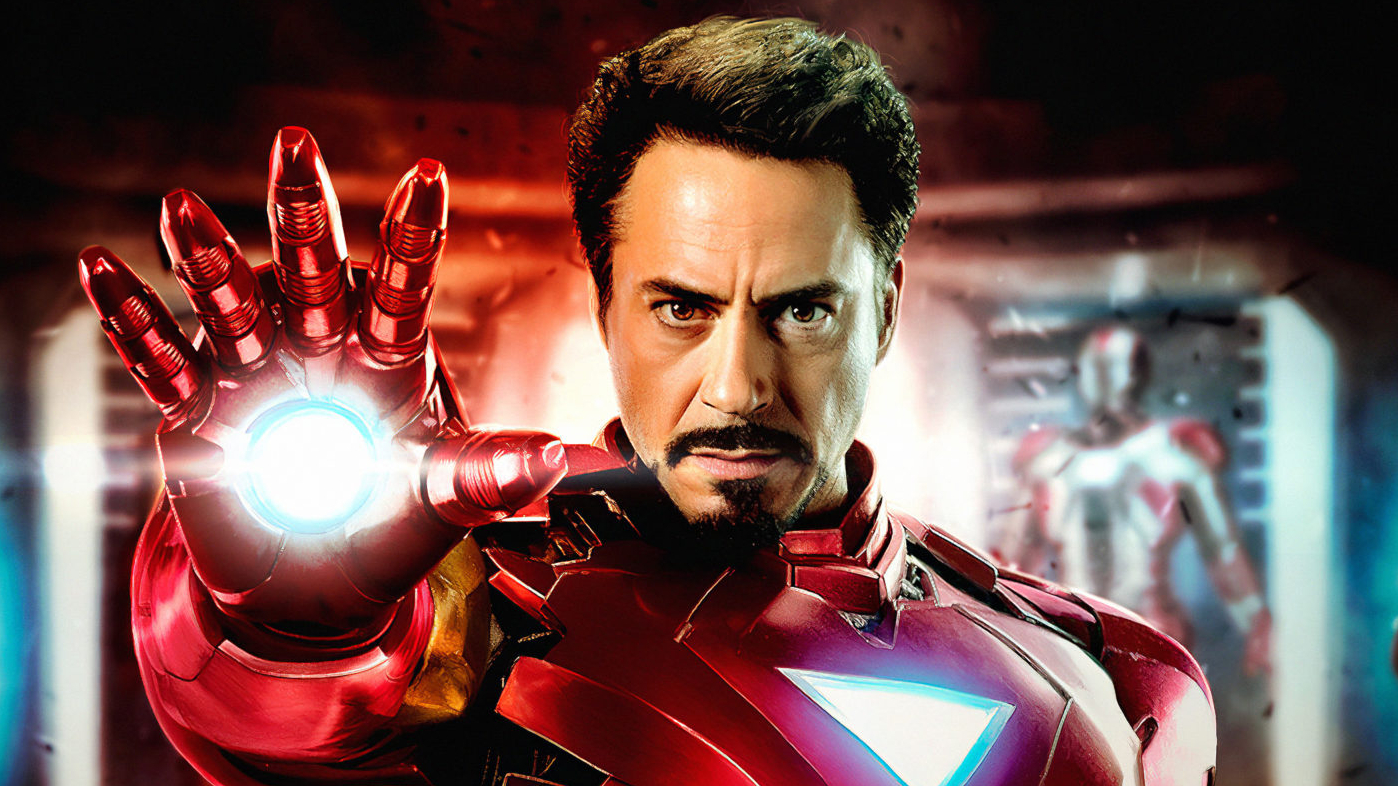Iron Man, a fictional superhero appearing in Marvel Comics, has been a reader favourite ever since the publication of his first issue in 1963. On the other hand, his popularity increased after he was adapted for the big screen in 2008. In this piece, we will trace the evolution of Iron Man from his beginnings in comic books to his appearances in the Marvel Cinematic Universe (MCU) and examine how he rose to prominence as a cultural icon.
Contents
- 1 1. Introduction
- 2 2. The Creation of Iron Man in Comics
- 3 3. Iron Man’s First Appearances
- 4 4. The Transformation of Iron Man in Comics
- 5 5. Iron Man’s Introduction to the MCU
- 6 6. The Making of the First Iron Man Movie
- 7 7. The Rise of Robert Downey Jr.
- 8 8. The Success of Iron Man in the MCU
- 9 9. Iron Man’s Character Development in the MCU
- 10 10. Iron Man’s Legacy
- 11 11. The Influence of Iron Man
- 12 12. Iron Man’s Impact on Pop Culture
- 13 13. Evolution of Iron Man in Comics
- 14 14. Iron Man’s Impact on Comics
- 15 15. Conclusion: Iron Man’s Evolution Continues
1. Introduction
Iron Man, a.k.a Tony Stark, is widely regarded as one of the most lovable characters in the Marvel Universe. He was the first Marvel character to have a dual identity as a wealthy industrialist and a superhero. He was created by the author Stan Lee, developed by the artist Don Heck, and appeared in Tales of Suspense #39 in 1963. The character of Tony Stark has undergone substantial change and has become an important figure in popular culture.
2. The Creation of Iron Man in Comics
At the very start of the 1960s, Marvel Comics began working on the conception of a brand-new superhero who would be distinctive compared to all the others in the genre. Stan Lee envisioned the character he was created as an imperfect human struggling with various real-world difficulties. The story of eccentric millionaire Howard Hughes, who had made news due to his strange behaviour, plane mishaps, and luxurious lifestyle, inspired Lee during the summer of 1962. Lee was working on his first novel at the time. Lee envisioned a figure who was like Hughes but also had superhero abilities.
3. Iron Man’s First Appearances
 Iron Man debuted in the March 1963 issue of Tales of Suspense #39, released in the United States. The artist Jack Kirby was responsible for the issue’s cover, which depicted a guy in a suit of armour with the text “Iron Man is Born!” above the image. Tony Stark, a brilliant inventor, was presented in the narrative that Stan Lee created. Stark was held captive and coerced into developing a weapon for his captors. Instead, Stark devised a suit of armour that he might use to evade capture and eventually transform himself into Iron Man.
Iron Man debuted in the March 1963 issue of Tales of Suspense #39, released in the United States. The artist Jack Kirby was responsible for the issue’s cover, which depicted a guy in a suit of armour with the text “Iron Man is Born!” above the image. Tony Stark, a brilliant inventor, was presented in the narrative that Stan Lee created. Stark was held captive and coerced into developing a weapon for his captors. Instead, Stark devised a suit of armour that he might use to evade capture and eventually transform himself into Iron Man.
4. The Transformation of Iron Man in Comics
Over several years, Iron Man’s suit of armour went through several different iterations, progressing from a bulky grey outfit to the now-iconic red and gold armour. David Michelinie, a writer, and Bob Layton, an artist, took over the Iron Man comic book series in the 1980s and breathed new life into the character by creating new antagonists and stories. They also gave the character a new set of sleek and aerodynamic armour. It was coloured in the familiar red and gold pattern associated with the Iron Man franchise.
5. Iron Man’s Introduction to the MCU
Iron Man debuted within the Marvel Cinematic Universe in 2008 with the release of the film Iron Man. The film, directed by Jon Favreau and starring Robert Downey Jr. as Tony Stark, was a commercial and critical success. Favreau served as the film’s director. The audience was introduced to a new version of Iron Man that was more realistic and technologically advanced than its predecessor. In addition, the film laid the groundwork for the Marvel Cinematic Universe and the shared universe that Marvel would develop in the following years.
6. The Making of the First Iron Man Movie
The development of the character was marked by several vital checkpoints, one of which was the production of the first Iron Man movie. The ideal pairing of director Jon Favreau and actor Robert Downey Jr brought Tony Stark to life on the big screen. The innate charisma and wit of Robert Downey Jr., along with the directing skills of Jon Favreau and the stellar performance of the supporting ensemble, provided for an unforgettable moviegoing experience.
Read More: Top 13 Best Web Series to Watch in Uk 2023
It was also the first time that Marvel Studios had produced a film; this was a step that would eventually lead to the formation of the Marvel Cinematic Universe as we know it today. Iron Man’s popularity paved the way for subsequent Marvel films, including the franchise centred on the Avengers.
7. The Rise of Robert Downey Jr.
 The decision to cast Robert Downey Jr. as Tony Stark was a stroke of genius for both the actor and the character. Although Downey Jr. had a reputation for being a great but troubled actor, his portrayal as Tony Stark was the defining moment of his career and proved the turning point.
The decision to cast Robert Downey Jr. as Tony Stark was a stroke of genius for both the actor and the character. Although Downey Jr. had a reputation for being a great but troubled actor, his portrayal as Tony Stark was the defining moment of his career and proved the turning point.
The actor’s interpretation of Tony Stark was spot-on when capturing the character’s wit, arrogance, and vulnerability. Tony Stark became an instant fan favourite thanks to Robert Downey Jr.’s charm and charisma, and his performance would define the character within the Marvel Cinematic Universe.
8. The Success of Iron Man in the MCU
The success of Iron Man within the Marvel Cinematic Universe has been nothing short of astounding. The character has been featured in ten films, including three that stand alone and four that are associated with the Avengers franchise. In addition, he has appeared as a cameo in several other Marvel movies, including Spider-Man: Homecoming.
The popularity of Iron Man has only increased over the years, and he is still among the most well-liked characters in the Marvel Cinematic Universe. It is impossible to overestimate his influence on the series, and the Marvel Universe will continue to take its cues from his legacy in the years to come.
9. Iron Man’s Character Development in the MCU
One of the most critical aspects of Iron Man’s evolution has been the progression of his character across the Marvel Cinematic Universe (MCU). Tony Stark is now a more developed and nuanced character due to his maturation and changes during his appearances.
Iron Man’s journey has been both dramatic and captivating, beginning with his fight against alcoholism in Iron Man 2, continuing with his struggle against post-traumatic stress disorder (PTSD) in Iron Man 3, and culminating with his role as a mentor to Peter Parker in Spider-Man: Homecoming. His ultimate sacrifice in Avengers: Endgame served as an appropriate conclusion to his journey, and his legacy will continue to significantly impact the Marvel Cinematic Universe for many years to come.
10. Iron Man’s Legacy
Iron Man’s legacy is one of his most critical development components. It is impossible to overestimate his significance in the Marvel Cinematic Universe, as his character has become a pillar of American popular culture. His work has moved numerous fans and has been instrumental in the beginning stages of career development for many actors and directors.
On-screen and off-screen, the Marvel Universe will continue to be influenced by Tony Stark’s impact in the years to come. He has profoundly influenced the franchise and will forever be known as one of the greatest superheroes in the genre’s history.
11. The Influence of Iron Man
The impact of Iron Man may be felt much beyond the realm of comic books and motion pictures. He has achieved the status of a cultural icon, motivating countless followers to follow their passions and positively impact the world.
The persona of Tony Stark has evolved into a metaphor for tenacity, inventiveness, and the efficacy of modern technology. His legacy will continue to inspire succeeding generations, and his influence can be seen in anything from cosplay to education initiatives focusing on STEM fields.
12. Iron Man’s Impact on Pop Culture
There is no denying the influence that Iron Man has had on popular culture. The figure has appeared in many television episodes, video games, and goods, and his popularity does not look to be waning any time soon.
Iron Man’s catchphrases and one-liners have made their way into popular culture, just like the character’s signature red and gold armour has come to be identified with Iron Man himself. Many people have been motivated to dress up as him for Halloween since he is such an interesting character. The legacy of Iron Man will continue to be an inspiration to succeeding generations thanks to the enormous impact he has had on popular culture.
13. Evolution of Iron Man in Comics
Although Iron Man’s progression in the movies has been substantial, his evolution in the comics has been just as impressive. From his early days as a hero during the Cold War to his more modern role as a futurist and innovator, the character has undergone various transformations throughout the series.
In the Iron Man comics, storylines examine addiction, repentance, and the effects of having power. His development throughout the cartoons has been a significant factor in ensuring that the character will continue to be attractive to new generations of readers.
14. Iron Man’s Impact on Comics
The importance of Iron Man in the medium of comic books cannot be emphasized. His notoriety in the film industry has resulted in the acquisition of new followers of the character, and his impact can be observed in most contemporary comic book adaptations.
Exoskeletons and various forms of cutting-edge prosthetics are just two examples of technological developments that may be traced back to the fictional figure. The influence of Iron Man on comics and popular culture will remain vital for many years.
15. Conclusion: Iron Man’s Evolution Continues
Iron Man’s path from comic books to the big screen has been interesting to watch unfold. The protagonist has developed throughout the story, becoming a more multifaceted and nuanced hero.
Iron Man’s journey has been emotional and captivating, from his early days as a hero during the Cold War to his role as a futurist and innovator in the present day. It is impossible to overstate his impact on the Marvel Cinematic Universe and popular culture, and his legacy will continue motivating future generations.



